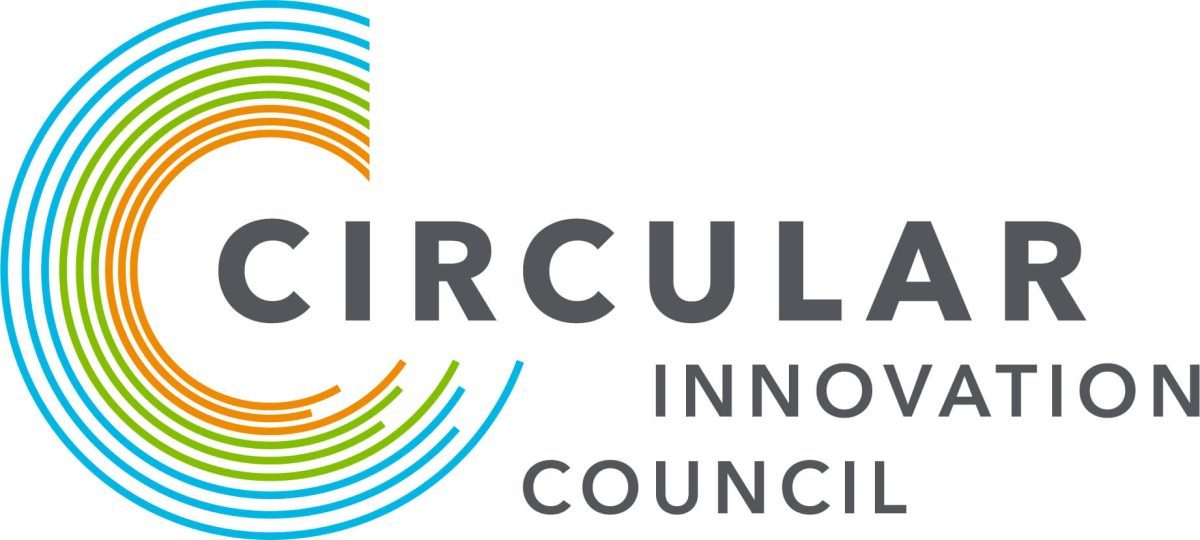
With headlines such as “Microplastics Found Deep in Lungs of Living People for the First Time,” it’s hard not to feel despondent about how the things we buy are packaged. You might try to do good by purchasing an “ecofriendly” skin-care product made from organic ingredients, or an anorak made from recycled materials – including plastic water bottles – but when it shows up at your door in a plastic jar or wrapped in a polypropylene bag, what’s the point? The items themselves may put the environment at the forefront, but so often, it feels like it all falls apart when you’re left with piles of plastic packaging.
In Canada, 87 per cent of plastic waste finds its way to landfills or into the environment. (The silver, or rather tinfoil, lining is that only 1 per cent of that 87 ends up in the latter.) And there are other packaging options. Skin-care companies could use glass. Fashion companies could package items in paper bags. But those decisions come at other environmental costs. Both glass and paper are heavier to transport, which can mean higher carbon emissions. Because of that weight, the cost of recycling is higher as well.
Aldo Group has been addressing its environmental footprint since 2008, first by designing boxes with handles so it didn’t have to hand out single-use bags, and now with its Love Planet collection – footwear made of recycled materials.Handout
With overwhelming headlines and personal efforts seemingly futile, it’s hard to know what to do as a consumer – especially since we’re the ones who ultimately have to dispose of this packaging. Since recycled plastic is still plastic, is it really a better option? Do the actions of a single consumer really matter? It turns out, the answer is yes.
“Plastic is in pretty much everything, from our clothes to our carpets to our mattresses to packaging. It’s lightweight, it’s fairly cheap, it’s durable to a fault, it’s flexible when you need it to be. Plastic is kind of a miracle material from the perspective of its versatility,” says Jo-Anne St. Godard, executive director of the Toronto-based Circular Innovation Council, which advocates for a circular economy. “As a material, it has been around for 70 years. What took us 70 years to create is not going to take us two years to fix.”
St. Godard says recycled plastic is a key step for addressing the environmental impact of the material, and that consumers should let it be known, by speaking with their dollars, that recycled plastic, at minimum, is what’s expected.
Shoe maker Aldo Group has been addressing its environmental footprint since 2008, first by designing boxes with handles so it didn’t have to hand out single-use bags, and now with its Love Planet collection – footwear made of recycled materials.
“Outside of wanting to create more sustainable collections as part of our own values, it’s something our younger target demographic also expects,” says Marianna Nowak, the company’s corporate social responsibility manager. “The younger demographics want to invest in companies with values that align with their own,” she says.
Thirty per cent of the brand’s spring 2022 collection has recycled material in the shoes’ composition. But order shoes online and that cardboard box comes in a black plastic bag. The bag comes printed with a statement that the shipment is climate-neutral. Nowak explains the shipping bag is made of postconsumer waste and is designed to optimize loading for transport to minimize the company’s carbon emissions.
…
If you have to buy things that are packaged in plastic, it helps to make sure it’s a certain kind. St. Godard says that plastics labelled 1, 2, 5 or 6 (PET, HDPE and polypropylene) are typically easy to recycle. “Generally they maintain pretty good value in the recycling stream and we have a fairly good applications in processing capacity to deal with them,” she says.
As part of a national strategy to achieve zero plastic waste by 2030, the federal government is looking into mandating a requirement that certain plastic items, such as shampoo bottles, small pots or trays used for cosmetics and stand-up pouches that hold items like detergent tablets, be made from at least 50-per-cent recycled material, an important step according to St. Godard.
“Recycled plastics is an important direction to take because it actually gives us somewhere to put the materials that we’re collecting in our blue box,” she says. “If you can figure out a way to put more recycled discarded plastics in a product and recycle it over and over, then you’ve got these systems where we get ourselves off fossil fuel-based plastics and we’ve got more valuable, more coveted material in our blue box.”
So, recycle when you can, buy recycled when you can, use your spending power to encourage companies to make better decisions and don’t be shy about getting in touch with your member of Parliament. “The federal government’s never been so focused on this,” St. Godard says, encouraging people to get engaged.
She adds: “This is a multidimensional, complicated problem we’ve got ourselves in that has been contributed to over decades, and it will probably take us a multiprong, multidimensional approach over decades to solve it.”

This is more text
We respectfully acknowledge that we live, work and play on the traditional territory of many Indigenous Nations and we humbly extend our respect to Indigenous individuals, communities and Elders, past and present, as the traditional custodians of this land.
Circular Innovation Council is a registered charity.
Charity Registration Number: 119112118 RR 0001